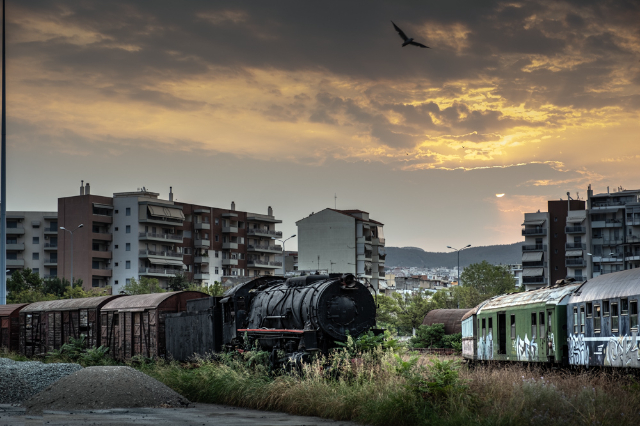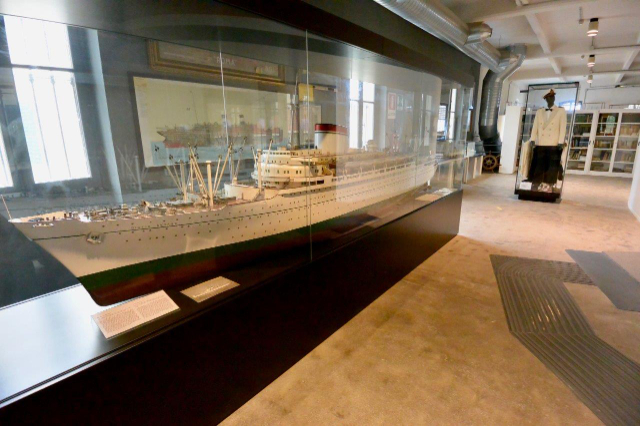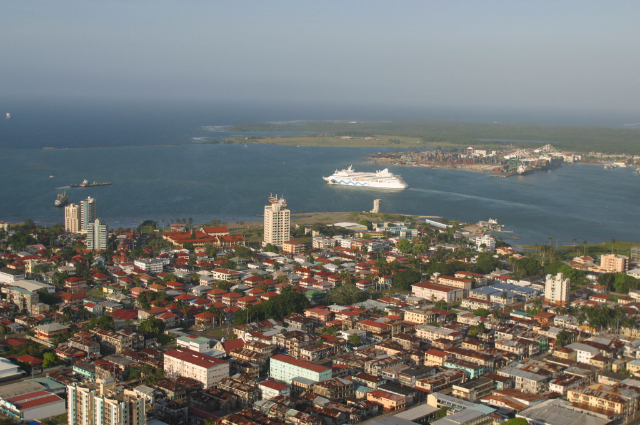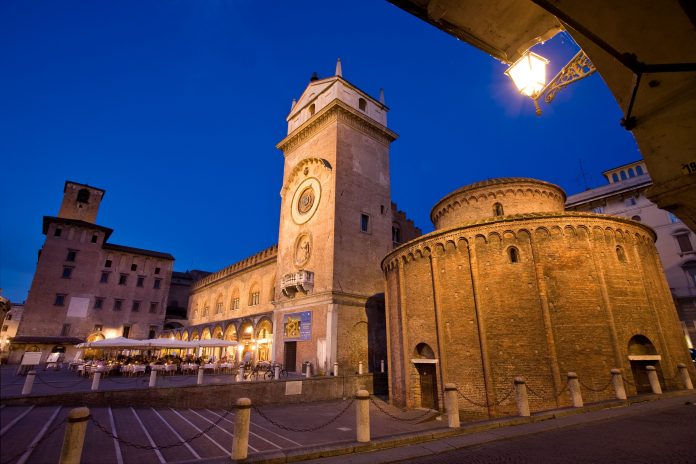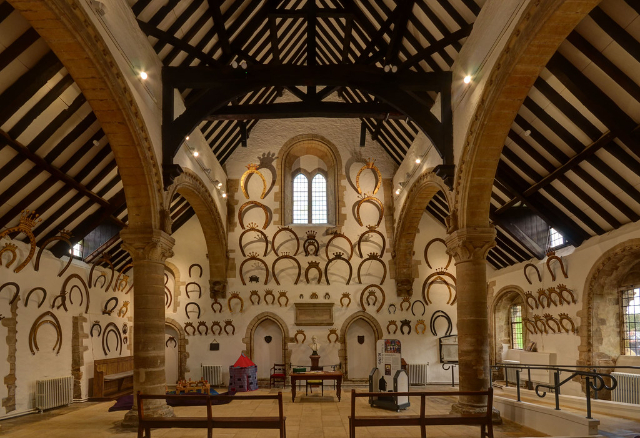In the outskirts of Thessaloniki, Greece’s vibrant second-largest city, a striking sight awaits the curious traveler. Here, on the abandoned railway sidings, hundreds of railroad cars, forsaken by time and neglect, stand as silent witnesses to a bygone era. These rusted, vandalized hulks seem trapped in a perpetual state of limbo, as if time itself has abandoned them.
These decommissioned trains, a part of Greece’s once-proud rail heritage, are left to wither away in an ever-expanding graveyard, now home to thousands of disused railcars. They were originally placed here by the Hellenic Railways Organisation (ΟΣΕ), the country’s national rail company, during the 1980s. At that time, the intention might have been to sell them as scrap metal, but the years have passed, and these forlorn carriages still occupy the ten tracks in the suburb of Nea Ionia.
However, any attempts to rid the landscape of these train car remnants have been thwarted by a shadowy history of dubious business dealings and illicit scrap metal trade associated with this site, much like many similar locations.
As time moves forward, these abandoned train cars remain marooned, their metal bodies slowly succumbing to the relentless forces of weather, wind, and encroaching nature. The once-pristine machines, now overgrown with grass and embraced by the gnarled arms of trees, have taken on a melancholic charm. They stand not as relics of functionality but as hauntingly beautiful artifacts of a bygone era, capturing the imagination of those who venture to witness their quiet decay.
